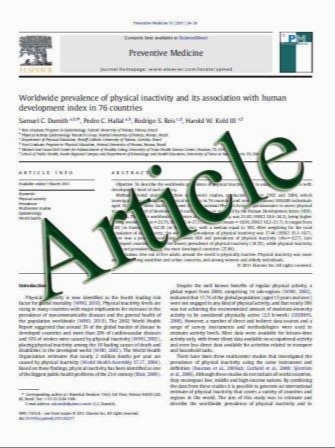Presence of conduction abnormalities as a predictor of clinical outcomes in patients with infective endocarditis
- نوع فایل : کتاب
- زبان : انگلیسی
- مؤلف : Hyeon Min Ryu Myung Hwan Bae Sang Hyuk Lee Jang Hoon Lee Ju Hwan Lee Yong Seop Kwon Dong Heon Yang Hun Sik Park Yongkeun Cho Shung C
- چاپ و سال / کشور: 2010
Description
There have been no studies that have assessed the possible correlation between conduction abnormality (CA) and systemic embolism, or the long-term outcomes of patients with infective endocarditis (IE). In this study, 82 consecutive patients with IE and interpretable electrocardiography (ECG) were admitted to Kyungpook National University Hospital from July 2002 to June 2008. ECGs obtained at the time of admission or during hospitalization were analyzed. Patients with CA, which was defined as atrioventricular or intraventricular block, of ‘‘new’’ or ‘‘of unknown duration’’ were considered as those with CA. Composite events were defined as the composite of death and embolic events. Twenty-three (28%) patients had CA classified as new (n = 11) or of unknown duration (n = 12). No significant differences were found between patients with and without CA in terms of age and gender. Mean follow-up duration was 21 ± 23 months. Patients with CA had more frequent embolic events (p = 0.001) and composite events (p = 0.002) during hospitalization, and had more frequent composite events (p\0.001) during follow-up than those without CA. Kaplan–Meier survival curves showed that patients with CA had a higher composite event rate during follow-up (p = 0.003). However, there was no significant difference between the two groups regarding mortality rates during hospitalization and follow-up. In multivariate analysis, CA was an independent predictor of embolic event rates during hospitalization [odds ratio (OR) 5.198, 95% confidence interval (CI) 1.086–24.867, p = 0.039] and of composite event rates during follow-up (OR 27.168, 95% CI 4.590–160.802, p\0.001). CA is associated with increased frequency of embolic events during hospitalization and follow-up. Moreover, CA might be a useful predictor of embolic event occurrences during both hospitalization and follow-up.
Heart Vessels (2011) 26:298–305 DOI 10.1007/s00380-010-0055-7 Received: 14 October 2009 / Accepted: 23 April 2010 / Published online: 5 November 2010


